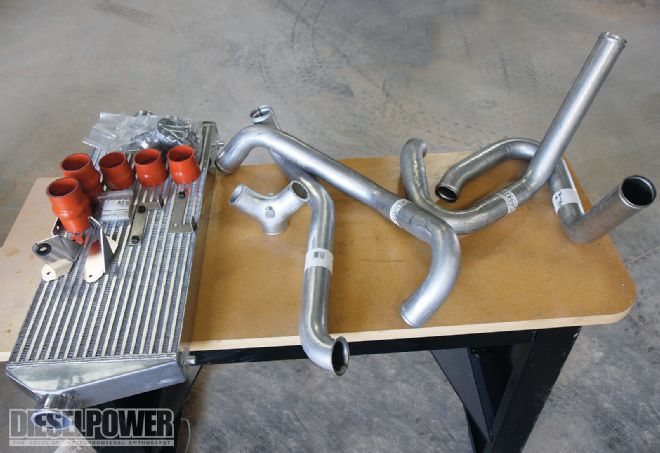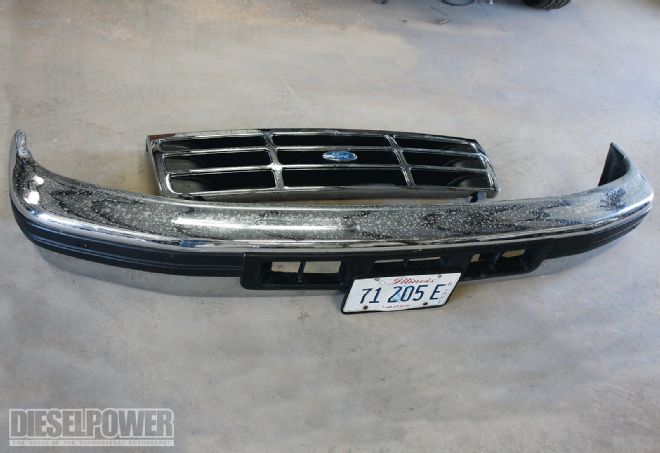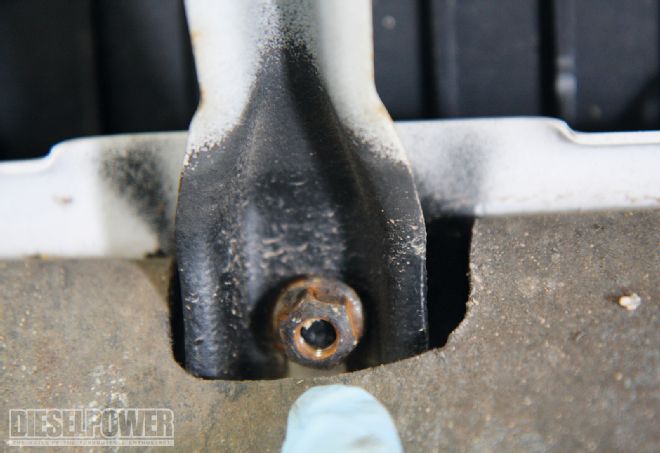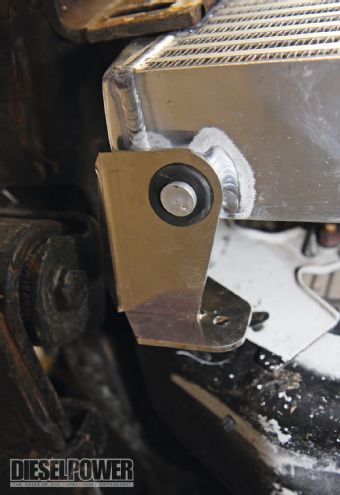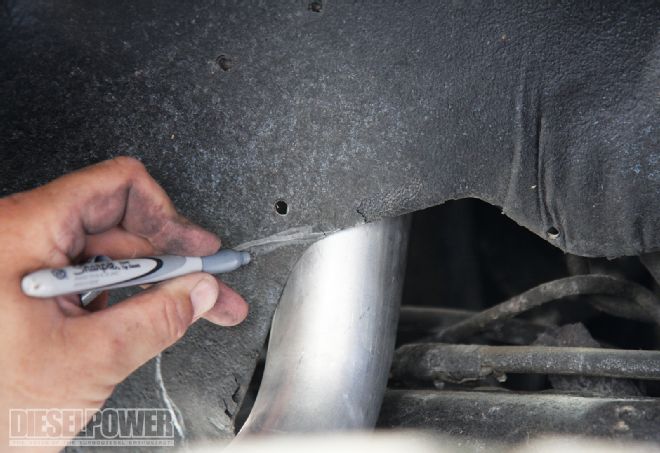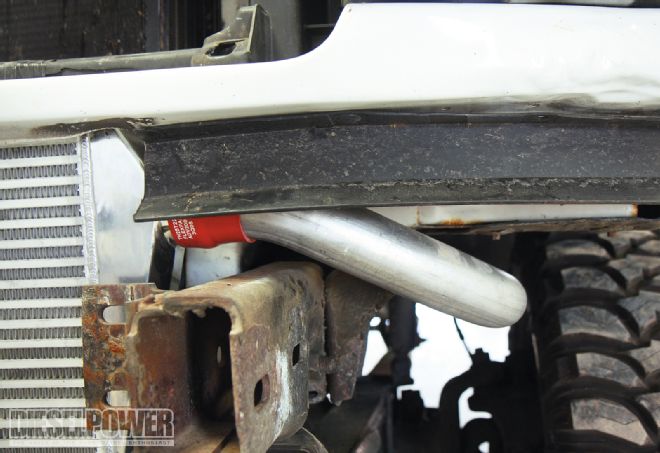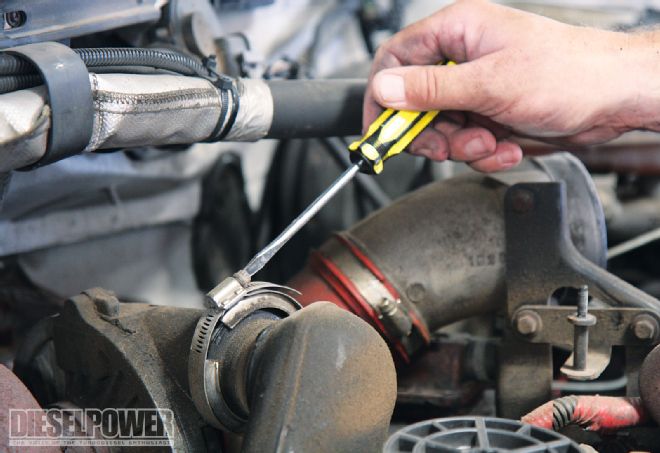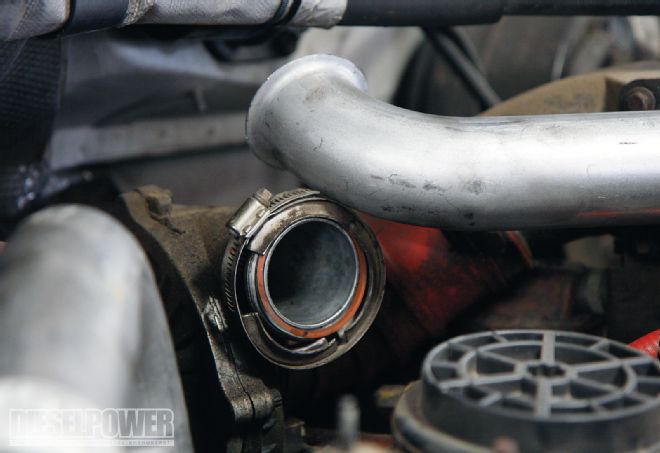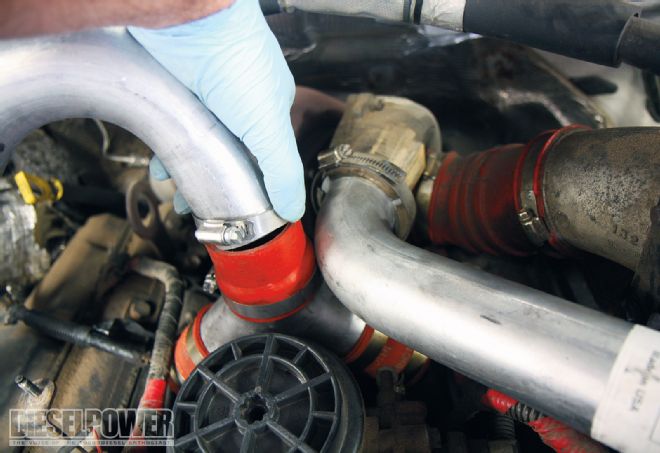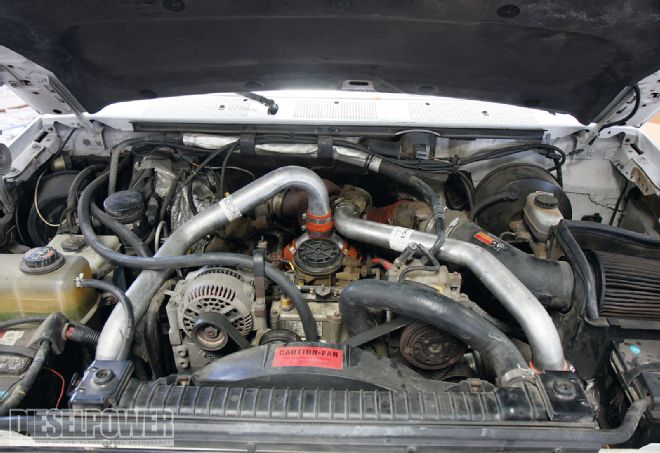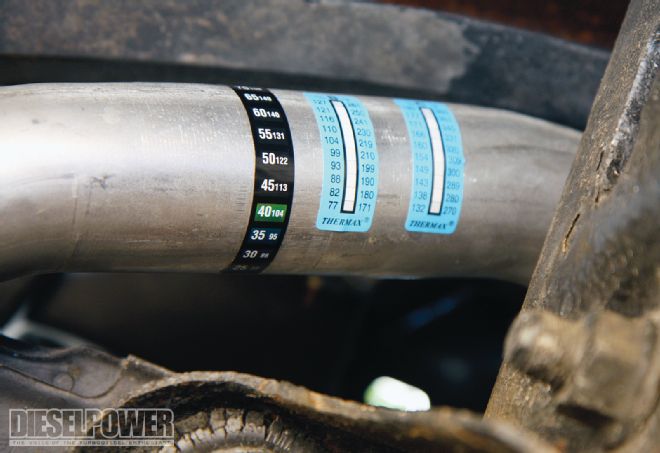Today you'd be hard-pressed to find a diesel engine that doesn't benefit from a charged air cooler (intercooler), as they're part of every manufacturer's powertrain package. But back before diesel-powered trucks exploded with popularity and the horsepower wars began, not all trucks were created equal. At one point in time, Ford, Dodge, and GM all offered turbocharged diesels without intercoolers as standard equipment. Such was the case with our '97 F-350 Power Stroke, which we decided to turn into the magazine's tow rig.

| ATS Diesel Intercooler System 1997 Ford F350
Ford didn't see the need to intercool the '94 1/2 to '97 7.3L Power Strokes. Because of the engine's conservative power ratings, its exhaust gas temperature was manageable, and it made more flywheel horsepower and torque than the competition. Not having an intercooler was fine for an unmodified engine, but that’s not what we're all about here at Diesel Power, is it?
Since we upgraded our Power Stroke with a set of Stage 1 injectors and a six-position chip courtesy of Bean's Diesel Performance, we were making some healthy horsepower but also creating quite a bit of heat. To begin solving our EGT issue and prepare the truck for active towing duty, we gave ATS Diesel a call and ordered one of its bolt-on intercooler systems. Read on to see how the install went, as well as the data we collected on the intercooler's cooling abilities.
Immediate Impressions—Things We Liked
* Basic handtools get the job done
* Direct, bolt-on kit that’s perfect for the novice wrencher
* While pretty straightforward, ATS included detailed instructions
* The only cutting required was on the fenderwells (no Sawzall needed)
* The intercooler mounted using existing holes (no drilling)
* The intercooler mounts behind the front bumper, so it’s protected, and at the same time doesn’t block airflow across the radiator
* Plumbing clears everything in the engine bay (with a few tweaks)
* Very slight drop in boost pressure, no perceived turbo lag
* An overall drop in EGT of 100 to 150 degrees
* Prices at a little more than $1,000
City Cooling Data
Putting the intercooler to the test, we placed vertical temperature indicating labels throughout the ATS system's plumbing (ranging from 0 to 360 degrees) and took the truck for a 30-mile drive around town on a dry, 95-degree day. During our preliminary test, we did not run the truck hard, since our goal was to get some baseline numbers and see how much the intercooler helped lower EGT levels. After some city driving where we accelerated from 0 to 50 mph repeatedly and EGT never exceeded 700 degrees, we checked our temperature indicators under the hood.
RESULT:
Pre-intercooler temperature: 148 degrees
Post-intercooler temperature: 104 degrees
* On the in-cab pyrometer, our EGT reading (post-turbo) agreed with our data: in-town driving—where the truck was under no load and moderate acceleration—typically yielded an approximate 50 to 75 degree drop in EGT as opposed to no intercooler at all.
Highway/Performance Cooling Data
For the highway portion of our test, we departed from the Pacific Coast area and headed east to Southern California's Imperial Valley (arguably one of the hottest regions in the country). With mixed highway cruising, occasional full-throttle instances, and 3,000 feet of elevation, our drive put the intercooler to the test.
Throughout our trip, EGT ranged from 400 to 1,000 degrees, and the ambient air temperature outside peaked as high as 110 degrees. At the conclusion of our drive, we promptly checked our temperature indicators once more.
We were surprised to learn that the air leaving the intercooler never exceeded 104 degrees, just as it had done in our city-driving test. The post-intercooler temperature let us know the ATS unit was not only doing its job (cooling), but doing so consistently.
RESULT:
Pre-intercooler temperature: 179 degrees
Post-intercooler temperature: 104 degrees
